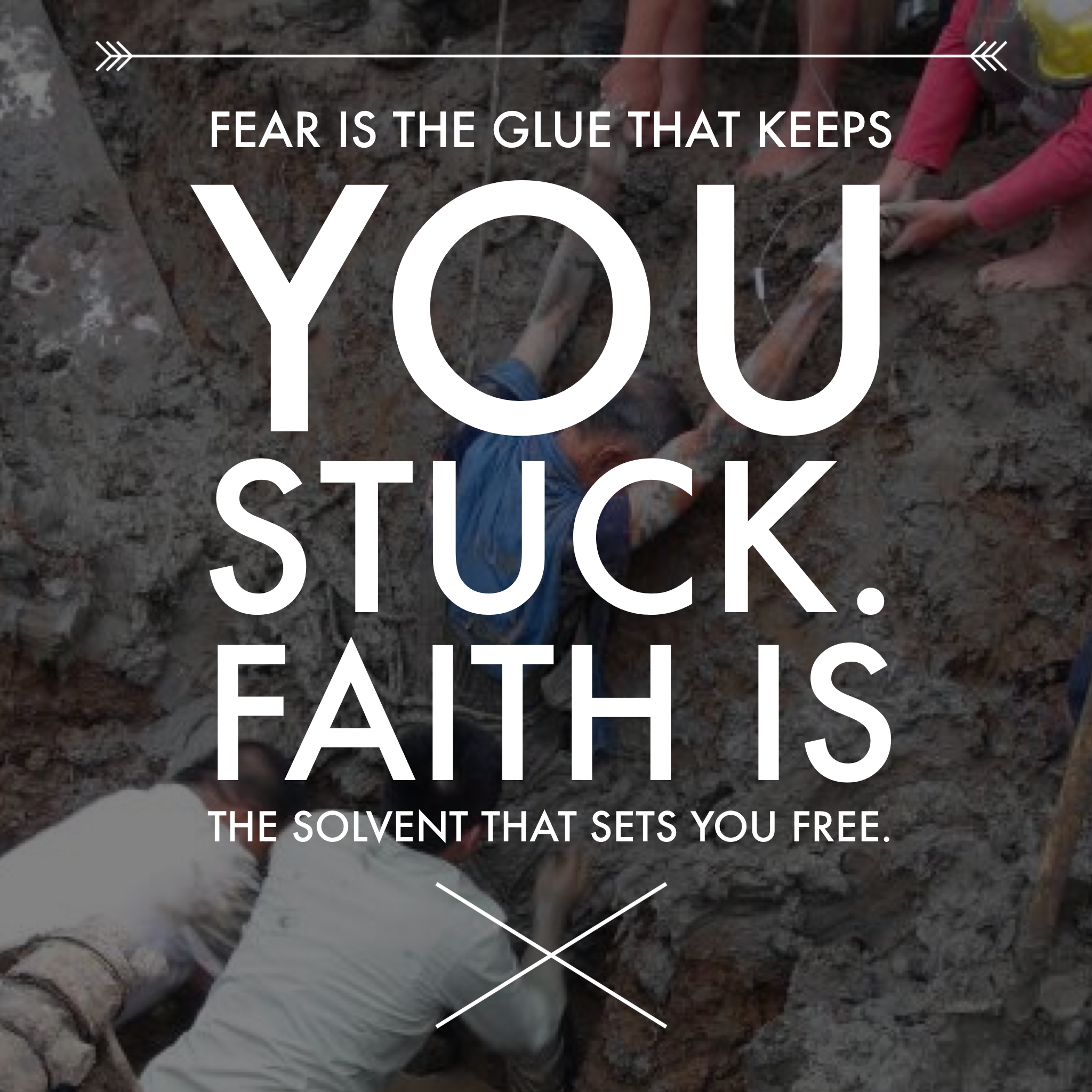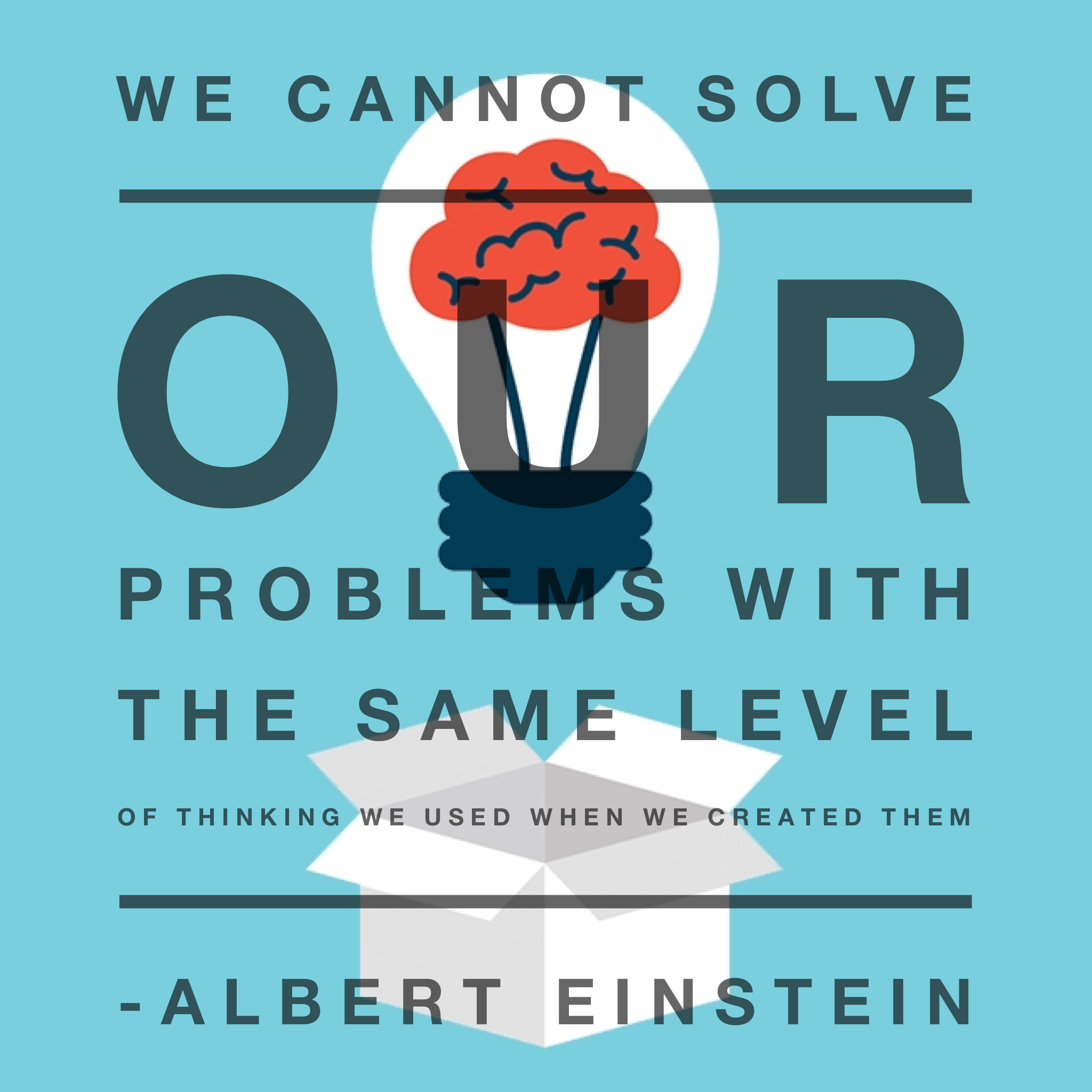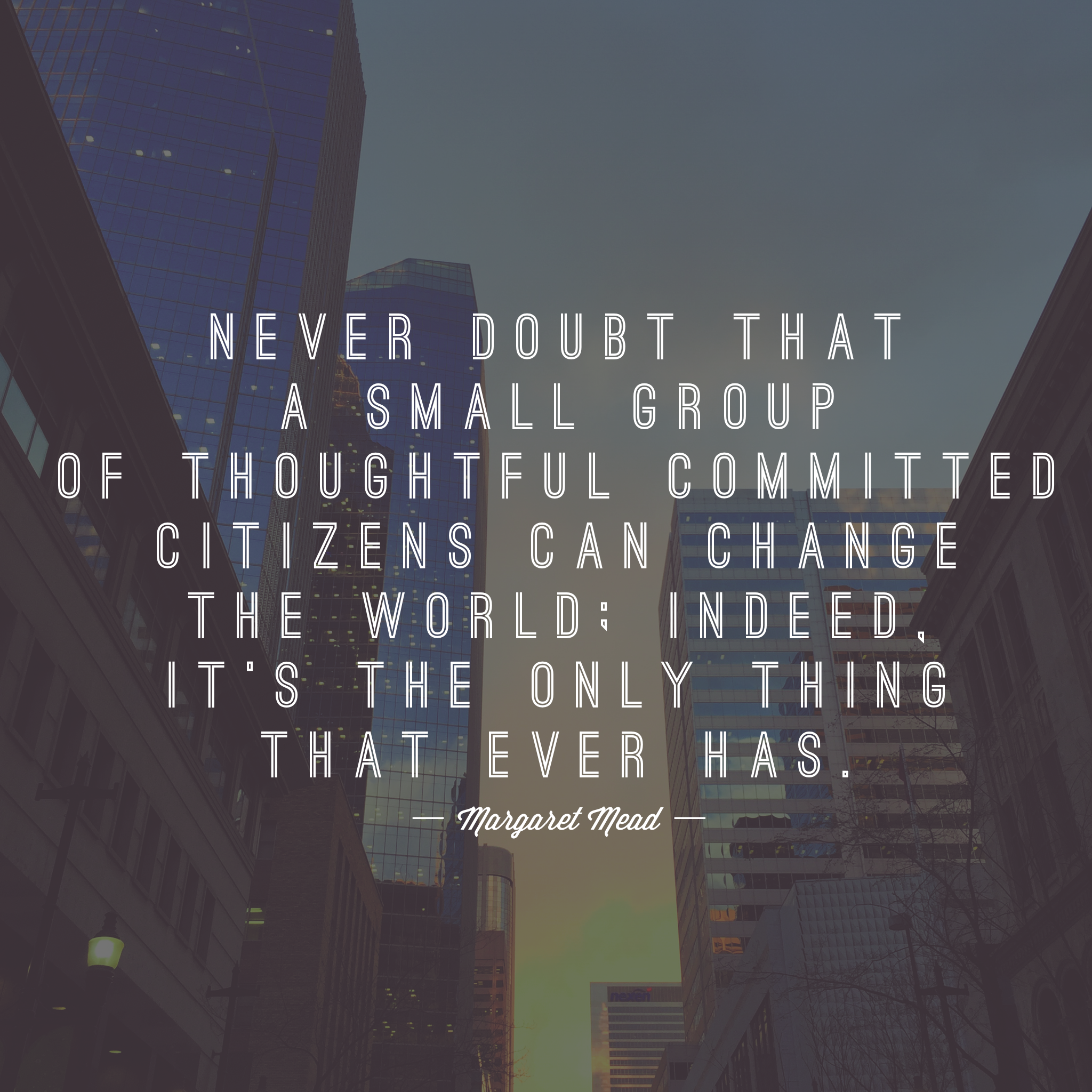Great Leaders Have an Innovative Business Model: Part Two
In Great Leaders Have a Strategic Business Model: Part One we discussed the four components of a Strategic Business Model:
- Client Value Proposition
- Profit Formula
- Key Resources
- Key Support Structures
Now we want to look at some companies who have created Innovative Business Models that have challenged long-held, core beliefs about how to create value for their clients, and in the process revolutionized their industries.
NETFLIX: What if I could bring client videos via the web and charge them a monthly fee?
AMAZON WEB SERVICES: What if you didn’t need to own IT infrastructure to operate your business?
UBER: What if we transformed the pricing and the distribution model for people who utilize taxi services?
AIRBNB: What if we modernized the hospitality industry model by getting people to offer spare rooms in their homes as hotel rooms for daily rent via an extraordinary website?
APPLE: What if we revolutionized the retail experience for clients purchasing electronics?
ZAPPOS: What if we made it easy for “Professional Women, who don’t have time to go shopping, to buy their shoes online?”
WARBY PARKER EYEWEAR: What if we made it easy for anyone to buy quality eye glasses online for affordable prices?
TED TALKS & YOUTUBE: What if we made it easy for anyone to learn from experts online for free?
IKEA: What if we could make it easy for “People who live on a budget, and need space up and usable tomorrow”?
TARGET: What if people who shopped in discount stores would pay extra for designer products?
CHALLENGE:
Set aside 4 hours with your Executive Leadership Team and challenge every component of your current Business Model to identify new ideas of how to new create value for your current and future clients.
Great Leaders Have a Strategic Business Model: Part One
What defines a great leader? Why do some businesses grow and prosper, while others get stuck and eventually disappear?
What’s the secret? Great Leaders differentiate their business in a crowded marketplace by intentionally designing a strategic “Business Model”.
At Awesome Journey we believe that a strategic “Business Model” has 4 key building blocks.
- Client Value Proposition (CVP): “Why should a client buy from you?”
- Profit Formula: “How will you create revenue and profit from your CVP?”
- Key Resources: “What resources do you need to deliver your CVP?”
- Key Support Structures: “People, Process, Practices and Tools that support the CVP”
-
Define Your “Client Value Proposition”
To understand your “Client Value Proposition”, answer the following questions:
- Who is your key target client?
- What type of relationship does your company have with your client?
Personal (face-to-face)
Automated (through technology)
- What is the job that the target client needs done?
- What is your product and service offering?
- What is your distribution method to reach your key target client?
Two key distribution methods are:
- Direct Distribution – a sales team or web based
- Indirect Distribution – through a franchise network, licensing agreement, partner stores and wholesalers
-
Define Your “Profit Formula”
To understand your “Profit Formula”, answer the following questions:
a. What is Your Revenue Stream?
How does your company create revenue streams from your value propositions to your clients?
- Transactional Revenue stream
- Product sale
- Recurring Revenue stream
- Rent
- Franchising
- Licensing fee
- Usage fee
- Subscription
- Leasing
b. What is Your Pricing Model?
Fixed Pricing Model
- List price
- Product feature dependent (dependent on uniqueness of your products)
- Client segment dependent (dependent on uniqueness to target market)
- Volume discount
Dynamic Pricing Model
- Negotiation
- Pricing is dependent on market conditions – Hotels room and airline seats – price depends on inventory and time of purchase
- Auctions – pricing is determined by competitive bidding
Specific Pricing Models
- Lowest cost through scale advantages
- Lowest cost through scope and replication advantages
- Premium prices due to unmatchable service
- Premium prices due to propriety product features
c. What are Your Cost Structures?
- Fixed costs?
- Variable costs?
- Economies of scale?
-
Define Your “Key Resources”
What are your key resources that are required to deliver the “Client Value Proposition?”
- People
- Technology
- Products
- Assets – Equipment, Mineral rights, Real Estate
- Reoccurring revenue streams
- Equipment
- Information
- Partnerships/Alliances
- Brand
-
Define Your “Key Support Structures”
To understand your “Key Support Structures”, you need to determine – “do we have the right”:
- People
- Processes/Systems
- Practices
- Tools
Once you have a clear understanding of your Business Model, then the collaboration begins! Bring your team’s creativity and innovative mindsets together and see how you can alter your Business Model to differentiate your business and stand out in a crowded marketplace.
Challenge:
Sit down with your leadership team and find 5 – 10 gaps in your current business model to differentiate your business.
References:
- “Reinventing Your Business Model”, by Mark W. Johnson, Clayton M. Christensen, and Henning Kagermann (HBR paper – Dec 2008)
- “Business Model Generation” by Alexander Osterwalder & Yves Pigneur (Book – 2010)
- “Are You Sure You Have a Strategy?” by Donald C. Hambrick & James W. Fredrickson (Academy of Management Executive – Nov 2001)
- “Disrupting Beliefs: A New Approach to Business-Model Innovation”, by Marc de Jong & Menno van Dijk (Mckinsey Quarterly – July 2015)
Support Leadership Teams In Building Dynamic Organizations
Are You Stuck?
Effective Leaders generate ACTION. You can measure effective leadership by the quality of action generated to produce specific results. So, when a company, team or organization is not achieving its goals, fulfilling its promises or producing results, I assert that it’s a lack of leadership due to its inability to generate ACTION! Absent conscious action, we find leaders reacting, or engaged in a analyzing why there’s not action: lots of activity but no action and few results. Indeed, most find themselves stuck and do not know it.
What causes Leaders to be stuck?
Leaders get stuck when they move from being empowered to being entitled. In fact, we say they’ve become a VERB. Listen carefully; it is easy to hear a VERB.
Example:
I arrive for a client meeting and I am told that they have mis-scheduled my appointment. I leave upset so I call my assistant and blame her for not confirming the appointment and wasting my time.
A VERB is an acronym – a way of Being. It is who we become when we get stuck.
A VERB is an acronym for:
V = Victim – (This is a persistent complaint: no one appreciates me)
E = Entitlement – (I deserve ___________.)
R = Rescue Me – (Someone needs to get me out of this mess)
B = Blame – (It’s not my fault, something’s wrong with you, them or it.)
VERBS are enforced by your perceptions of how things “should” be. That little voice in your head that says: “There is a way things should be, and when they are, things are right. When they are not that way, something is wrong with you, them or it!”
A VERB finds you STUCK in this reinforcing thought:
Why did this happen to me? – What’s wrong? – Who’s to blame(someone else or circumstances)?
Breaking free of your VERB mindset requires transforming your reinforcing thoughts with a new ACTION language:
What happened? – What’s missing? – What’s next?
What Happened? – If you are committed to action, observe only what was said or what was done. Notice if you begin to ask “why” something happened. That leads to an interpretation, not a fact. Focus again on just “What Happened?” Be aware of your interpretations. They move you into a story “about the facts”. Remember, your story will keep you stuck. To generate action, focus only on what was observable. Stop, pause, and declare: What happened, then look at the facts and what was actually said.
Example:
You are excited to share an idea with your boss. You stop by her office to share your cool idea and she says, “Not now, I am too busy to talk, get back to me later!” You leave dejected. Immediately you begin to think: “She rejected me, or I feel lack of appreciation.” You might also think: “Why bother, my ideas are not important to my boss.”
Notice that you are now thinking about “what this means.” Stop, pause and return to “what happened?” In this example, what happened is what was said: “My boss said she was busy and to get back to her.”
What is Missing? – Here you are concerned not with what is wrong, which is where most leaders go when a problem or failure occurs. You are focused on discovering what’s missing which has something to do with a key conversation. Yes, fundamentally, a conversation for action is missing. Key conversations for action include a Request, a Promise or an Offer.
Example:
So instead of getting wrapped up in your own story, you simply make a clear request to your busy boss and ask, “When would be a better time for you and I to discuss my cool idea about marketing to new potential clients?” And your boss comes back with a promise to meet you at 3pm this afternoon. You walk away feeling engaged to share your cool idea with your boss at 3pm. You are excited.
What’s Next? – Again, what’s next is always a conversation that will forward action. Email a clear request to ask your busy boss for a time to meet to discuss your idea,“When can we meet this week to discuss my idea?”
Your leadership depends on your capacity to communicate action and creating conversations that move things forward. Here, you are focused on creating action rather than focusing on your story about your boss. Remember, your story constitutes you as a VERB. Instead, a conversation for action generates results. Practicing the script, What happened, What’s missing and What’s Next, will find you becoming decisive, proactive and able to transform stuck into ACTION!
How self-aware are you when you are STUCK?
Homework: For the next day count how many times you get “Emotionally Triggered” during the day. This is a key indicator of being STUCK.
Embracing Change During the Oil Down Turn
Over the last year, many Leaders have dealt with massive change and disruption to their businesses. Whether it was the drop in oil price from $120/barrel to $30/barrel, or new competitors in the marketplace disrupting with innovative technology, cutting into your profit margins – all these changes require Powerful Leaders to find their Courageous Voice to communicate to staff, boards and clients how they plan to move their business forward in times of VUCA (Volatile, Uncertain, Complex and Ambiguous).
Some real examples of ways that C-Suite Leaders need to express their Courageous Voices with more clarity are:
- Making clear requests to their Board and Executive Leadership Team for support to find strategic ideas to move their business forward.
- Embracing conflict with colleagues. With a courageous voice they see conflict as an opportunity to find the hidden requests of others.
- Challenging the status quo of current business practices to find new ways to move their business forward.
A Courageous Voice will be expressed when a Powerful Leader learns to “BE” intentional about Being Courageous:
1. CARE
The first step that will allow you to express your Courageous Voice is to develop clarity as to what you deeply CARE about.
Question: What did Martin Luther King CARE about so much that allowed him to express his ideas with such Courage and Passion?
Martin Luther King cared about Racial Equality for all!
What do you deeply care about as a Leader?
2. Be Prepared
Once you have clarity as to what you CARE about in your role as a leader, the next step is to be intentional about quality preparation. A key component of quality preparation is knowing the risks that you are taking and the potential payoffs and impacts to the team and company.
Another aspect of being prepared so that others can hear your Courageous Voice is knowing how much support you have around you, so when it comes time to express your Courageous Voice, you do not feel alone.
Question: Where do you need to do better quality preparation so that others can hear your Courageous Voice about what you deeply CARE about?
3. Visualize A Positive Outcome
The final step to being able to express your Courageous Voice to others is to Visualize the Outcome! When you can envision what you deeply care about being successfully completed, you will take the necessary steps to make it real.
Challenge: Who do you need to express your Courageous Voice to and what is the conversation about?
Take a few minutes and visualize yourself having that conversation with your Courageous Voice and creating the positive outcome you desire.
Powerful Leaders Ask Different Questions!
One of the qualities that separate “Powerful Leaders” from the pack is the questions they ask.
At IKEA they ask, “What is our prospective client trying to have done?” Their prospective client is a person who is living on a budget and needs usable space now! A new apartment they just moved into, a home office they need set up, a new kitchen that is easily installed so they can get their home on the real estate market quickly.
IKEA doesn’t focus on selling a particular type of furniture to a specific demographics. IKEA focuses on making it easy and affordable for people to furnish a space quickly.
IKEA then built a complete business model around answering one simple question, “How can we differentiate ourselves such that we make it easy for our prospective clients to have furniture set up and usable in their living space quickly?”
- Design a showroom to display our products in typical living spaces so our clients can easily envision our furniture in their living space.
- Make it easy for our prospective clients to buy from us – kids play zone so parents are able to shop without kids distracting them, lots of free parking, inexpensive dining, etc.
- Supply a large inventory for our clients to select from.
- Provide flat packaging to make it easy for our clients to get our products out of the warehouse and take their purchases home without assistance.
“What products and services do your clients and prospective clients need you provide to make their lives easier?”
The last time I checked, IKEA still does not have a direct competitor to their business!
Powerful Leaders Are Disrupting Industries!
At Awesome Journey we see a common theme between leaders like Elon Musk (Tesla), Jeff Bezos (Amazon.com), Suzanne West (Imaginea Energy) and Uber (Travis Kalanick). They are all disrupting their industry by finding ways to innovate their “Business Model”.
At Awesome Journey we see that the four key building blocks of a successful “Business Model” are:
- Client Value Proposition
- Who is your key target client?
- What is the job that the target client needs done?
- What is your product and service offering?
- What is your distribution model to reach your key target client?
- Profit Formula
- What is your revenue stream?
- What is your pricing model?
- What are your cost structures?
- Key Resources
- What are your key resources you will need to support your product and service offering (physical, intellectual, people & financial)?
- Key Processes
- What are your company’s key processes that will allow your organization to deliver product/service offering in a way that you can be consistent, reliable and scalable to grow?
Example: What is allowing Uber to take market share away from traditional Taxi companies worldwide?
They have changed the “Business Model”. Two key changes are:
- Their distribution model – web based via an app to connect with client vs a call centre
- Their pricing model – 75% goes to the Uber driver and 25% goes to Uber
Challenge: Where can you and your leadership team begin to challenge your existing “Business Model” so you are able to grow in the Digital World?
Powerful Leaders Take Time to Ponder
Powerful Leaders “Take Time to Ponder” their performance on a regular basis.
The question that I spent time pondering this week was,
“What inspired me, moved me or energized me to take action?
My answer – this quote by Margaret Mead:
“Never doubt that a small group of thoughtful committed citizens can change the world; indeed, it’s the only thing that ever has.”
Pondering this quote lead me to explore how to leverage the “Gifts of Greatness” of each of my team members to create a High Performance Team that provides WOW!! Service to Awesome Journey clients. From there I thought about how to design more intentional conversations to inspire and empower each of my team mates and awaken them to their greatness.
Challenge:
For the next three days, pay attention to things, people, and experiences that inspire you and energize you to take action and write them down. Book an hour in your calendar at the end of the week to sit in an inspiring space with no distractions to ponder your list and design conversations to inspire your team.
Ask yourself this question at the end of the hour…
“What is this experience asking me to look at, discover or see that will allow me to grow and transform as a Powerful Leader?”
Powerful Leaders – Are Intentional About Designing and Building a Leadership Culture
Powerful leaders have clarity between the distinction of “Being a Leader” and “Being a Manager” that enables them to design and build a Powerful Leaderful Culture.
Being a Leader – Being a Manager
- Listens for future – Manages a process
- Authority is declared – Authority is given
- Inspires and empowers others – Tells others what to do
- Uses generative language – Uses descriptive language
- Challenges the Status Quo – Obedient to the Status Quo
- Is a Possibility Thinker – Is a Scarcity Thinker
Why is it so important to have an organization of Leaders at all levels?
It becomes too overwhelming for the CEO of an organization to process the plethora of data that comes from employees, clients, suppliers, competitors, subject matter experts, publications, media, and conversations they engage in to envision the future direction of the company.
However, when a CEO is intentional about designing and building a powerful leadership culture, Leaders at all levels of the organization process information they are exposed to with the intent to share and develop opportunities to advance the organization.
Challenge: Be intentional about Being a Leader vs. Being a Manager and observe the affect it has on your organization’s Leadership Culture.












